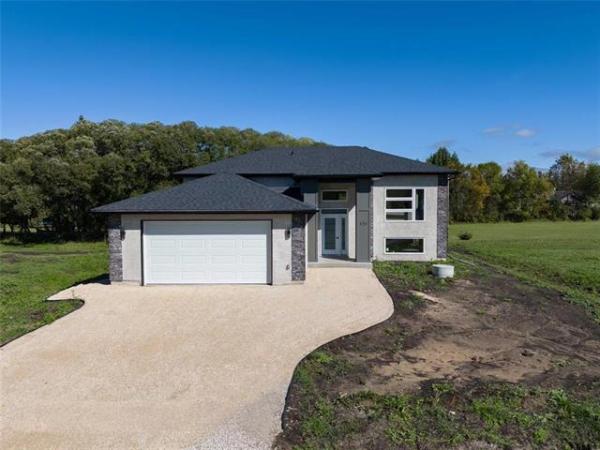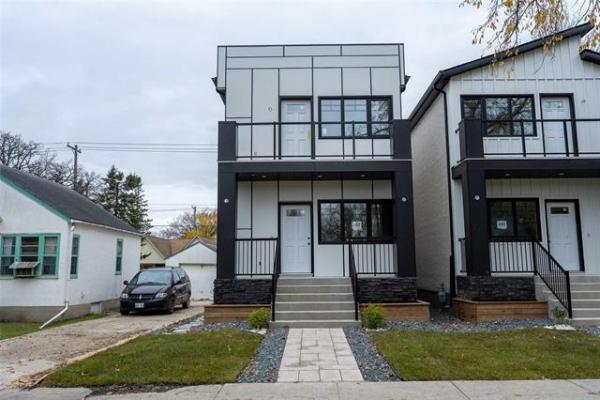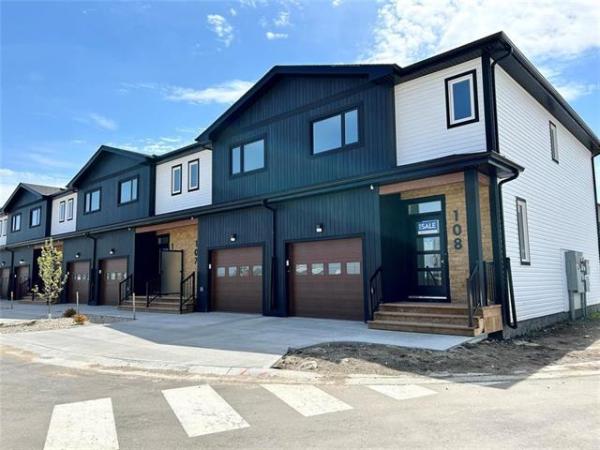Question: My parents’ Westwood home has a significant problem with the grading. The soil at the side and backyard slopes significantly towards the walls. That inward slope begins about five to seven feet out from the walls, and gets steeper in the last few feet nearest the walls. The problem is, to add enough soil to make the ground slope even slightly away from the home will require nearly a foot of added clay-based soil. It will have to be placed against the walls, gradually lessening in depth to a point about six feet out from the foundation.
There is a basement window that is only around six-inches above the existing grade. Do I need to attach a metal window well around this window so that I can raise the grade enough? That will require packing clay soil around six inches up against the new window well, to slope slightly away from this window area. What sort of window well and sealant would work best?
Thanks you for any help you can offer, Greg Jowett.
Answer: Installation of a window well to protect a basement window is required, when adding a large quantity of soil to improve the grading away from a foundation wall. Ensuring the well is high enough to protect the window is the key, while preventing blockage for light entry or egress.
It is not too often that an inquiry not only asks a pertinent question, but also answers it in the same few sentences. Yours is one of those rare occasions, where you seem to have an excellent grasp of the situation in question. Many people do not know the true function of a window well, which is simply to protect a basement window from damage or leakage from moisture. This moisture may be overland water that is caused by heavy rains and melting snow, or from that contained within the soil in this area.
If the soil adjacent to the foundation walls is near or above the bottom of a basement window, moisture intrusion and damage is almost a certainty. Because most basement windows are installed directly onto a lowered area in the concrete foundation wall, or on top of a thin wooden buck, there may be very small gaps at the bottom and sides of the window frame. These may have been filled with sealant or blown-in foam insulation during installation, which can deteriorate or shrink over time. Rarely will homeowners look to reseal this area, unless obvious leakage has occurred. Even with this area sealed, there could still be leakage through the window if the soil is too high or snow sits up against the window.
Regrading to provide a reasonable slope away from a foundation, where soil has eroded or settled, is a regular part of general maintenance in any home. You are to be commended for proactively planning this upgrade, even if it has been left untended for a long time. You have also identified one of the few complications of this simple but strenuous task, raising the grade higher than openings in the foundation wall. The equally simple answer to this dilemma is to install a window well, high enough to protect the window from future damage and leakage. Most homeowners elect to install corrugated metal wells, due to their durability, low cost, and ease of installation. These galvanized metal components are typically an elongated U-shape, with short right-angled bends at the terminal ends. These bent areas allow for attachment to the foundation wall, which can be done with a few different types of fasteners.
The most effective way to install a manufactured window well is to ensure purchasing one that is the appropriate height, width, and depth for your situation. The width is the easiest dimension to address, as the well should be slightly wider than the opening in the foundation wall where the window is installed. The height of the metal enclosure should be sufficient to allow about 10 cm. of clearance to grade below the window, after installation, and the top no higher than halfway up the window. The depth may be trickier, as it may depend on the size and type of the window it is meant to protect. If the basement window is only for ventilation and some light, then the well may only require a minimal depth of approximately 30 cm. If the window is larger, and also designed for proper egress from the basement in case of fire, then a well that protrudes further out from the foundation will be needed. In that situation, the fill in the bottom of the well may have to be raised to within a few cm. of the window frame, to allow easier exit in an emergency.
Installation will likely require slight excavation of the existing soil, which can be filled in later with granular material, to aid drainage. The well should be sealed at the foundation wall with either exterior grade sealant, or a moisture resistant foam rod. The foam rod may last longer and should not require regular replacement like the caulking method. The well should also be attached to the foundation wall, to avoid pulling away due to typical soil pressure and erosion. This is normally done by installing a drive-in or lag shield and bolt, and will require a masonry bit and hammer drill. Alternatively, a Hilti-gun with a hardened steel nail may be used, which will permanently bind the metal well to the concrete wall.
Due to the location of your existing basement windows, and the depth of soil required for proper regrading, installation of a window well is an essential part of your proposed maintenance. Choosing the properly sized well, and properly fastening and sealing it to the foundation wall, should be straightforward but must ensure that it allows proper emergency egress, if needed.
Ari Marantz is the owner of Trained Eye Home Inspection Ltd. and the past president of the Canadian Association of Home & Property Inspectors — Manitoba (cahpi.mb.ca). Questions can be emailed to the address below. Ari can be reached at 204-291-5358 or check out his website at trainedeye.ca.
trainedeye@iname.com



